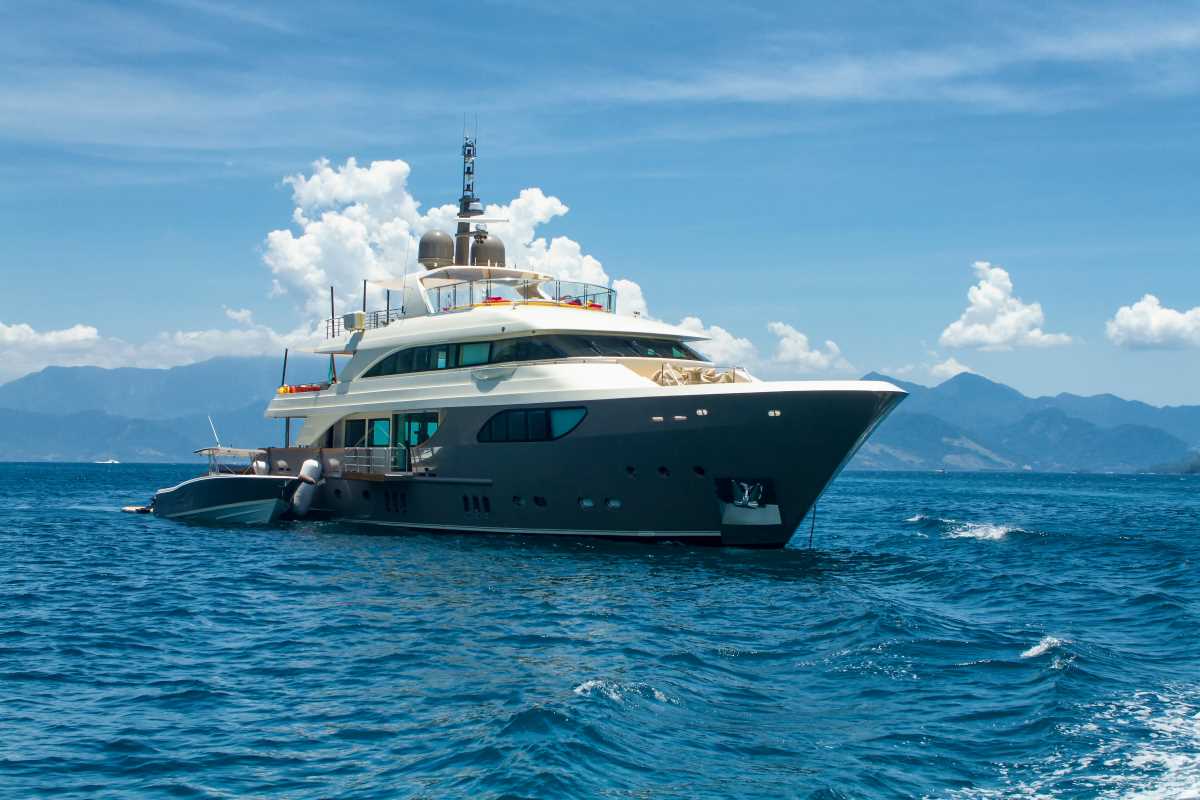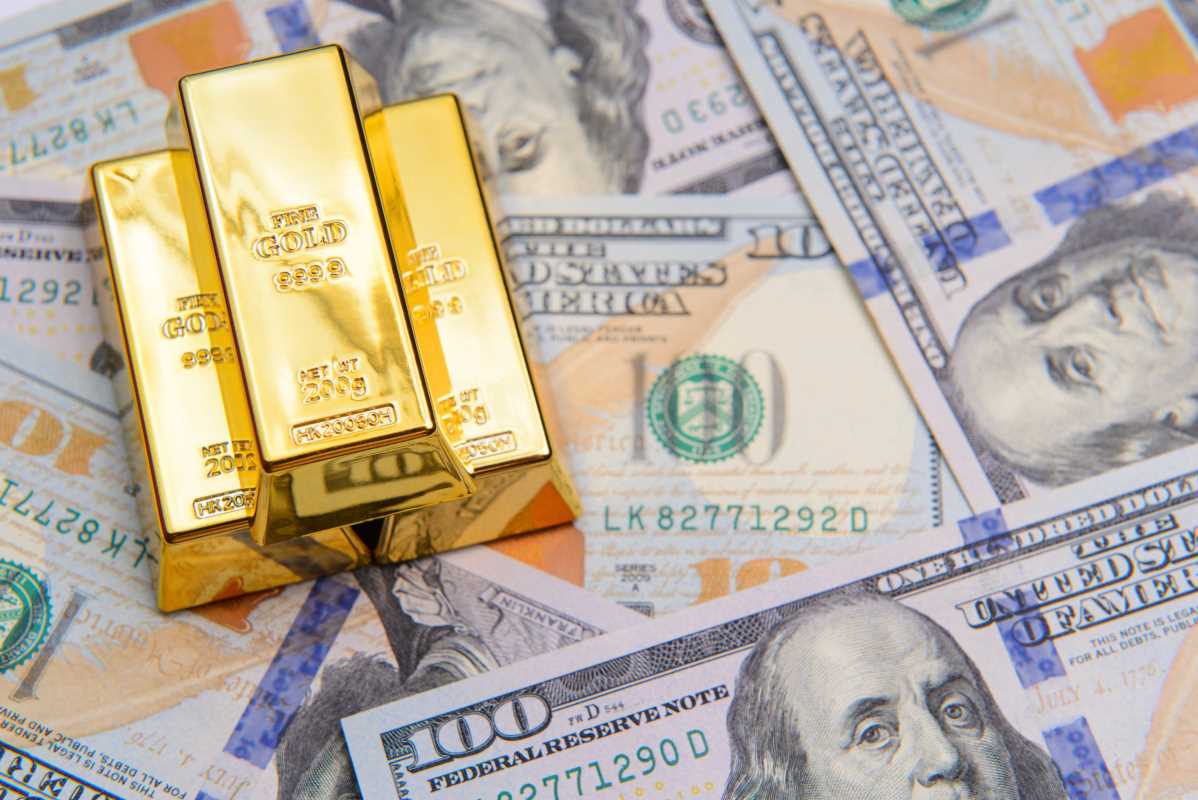Luxury purchases by the world's wealthiest individuals offer a fascinating lens into their lives. Not only do these purchases showcase unparalleled spending power, but they also highlight the cultural significance and desire for exclusivity that drive such monumental transactions. From floating palaces to historic masterpieces, these acquisitions spark public imagination and symbolize the pursuit of owning what is truly one-of-a-kind. Here, we’ll explore some of the most extravagant purchases made by the ultra-rich, breaking down why each holds a place among the most extraordinary expenditures of all time.
History Supreme Yacht ($4.8 Billion)
Topping the list is the History Supreme Yacht, currently valued at an astonishing $4.8 billion. Designed by Stuart Hughes, a renowned luxury designer, this vessel is not your average yacht. Measuring only 100 feet in length, it stands out not because of its size but its materials. The yacht’s design features over 220,000 pounds of solid gold and platinum, encrusting everything from its base to the dining area. What truly makes it exceptional, however, are unique touches like a luxury bedroom with a wall made from meteorite fragments and a statue carved from genuine Tyrannosaurus rex bones.
Owned by Robert Kuok, Malaysia’s wealthiest man, the History Supreme represents both artistic creativity and the extraordinary lengths billionaires go to set themselves apart. Its price tag makes it the most expensive yacht in history, underscoring just how far exclusivity can go.
Antilia ($4.6 Billion)
Situated in Mumbai, India, Antilia is a 27-story skyscraper that serves as a private residence for Mukesh Ambani, one of the richest individuals in the world. Valued at $4.6 billion, it holds the title of the most expensive house on Earth. What makes Antilia stand out isn’t just its sheer size but the thought behind its design. The house features three helipads, a 50-seat movie theater, a ballroom, and even a snow room that produces artificial snowflakes.
Engineered to withstand earthquakes of up to magnitude 8, the mansion symbolizes excess at its peak. With nine elevators and a staff of around 600, it’s essentially a luxury ecosystem in itself. Its creation showcases a blending of utility, opulence, and sheer imagination that redefines what a home can be.
Salvator Mundi Painting ($450.3 Million)
The art world has seen its fair share of jaw-dropping transactions, but none quite like the 2017 sale of Salvator Mundi by Leonardo da Vinci. Auctioned by Christie’s and purchased by Saudi Crown Prince Mohammed bin Salman for $450.3 million, this piece is considered the most expensive painting in history.
What makes Salvator Mundi so priceless is not only its creator but also its historical and cultural legacy. Translating to “Savior of the World,” the painting depicts Christ holding a crystal orb. Its sale revived interest in da Vinci’s works, sparking global fascination even amid debates over its authenticity. It’s a piece of art history, making its acquisition a statement of immense wealth and cultural appreciation.
The Card Players Painting ($250 Million)
Purchased by Qatar’s royal family in 2011, The Card Players by Paul Cézanne sold for $250 million, making it one of the highest art sales in the world. This 1890s masterpiece is part of a series of five, showcasing rural French laborers in quiet contemplation as they engage in a game of cards.
Cézanne’s work is often regarded as a bridge between 19th-century Impressionism and 20th-century Cubism, making it invaluable in the art world. The painting’s acquisition reflects the growing trend of art investments by global elites, particularly in the Middle East, who see these works as both cultural treasures and financial assets.
Jeff Bezos’ Beverly Hills House ($175 Million)
Even billionaires require a place to call home, and for Jeff Bezos, the choice was a sprawling Beverly Hills estate. Purchased for $175 million in 2020, this property was previously owned by music mogul David Geffen. The estate includes a guest house, pool, tennis court, and a nine-hole golf course, with enough space to rival a small resort.
Bezos’ decision to buy this house is emblematic of the ultra-rich’s tendency to acquire trophy properties. With its Hollywood history and luxurious amenities, the house is a statement of cultural and economic dominance in one of the most prestigious markets in the world.
1962 Ferrari GTO ($48.4 Million)
Few cars are as desirable as the 1962 Ferrari GTO, and in 2018, one sold for a record-breaking $48.4 million at a Sotheby’s auction in Monterey. This rare sports car is a legend among automobile enthusiasts, with only 36 models ever produced.
Known for its exquisite design and racing pedigree, the GTO remains the epitome of luxury for collectors. The purchase price highlights the enduring value of classic cars. For regular people, buying a car is about having a mode of transportation. For the ultra-wealthy, a car serves as an investment and a piece of history.
Babe Ruth’s Jersey ($24.1 Million)
One of the more surprising entries on this list is Babe Ruth’s iconic “Called Shot” jersey, which sold for $24.1 million in 2024, making it the most expensive piece of sports memorabilia in history. Ruth is regarded as one of the greatest baseball players of all time, and this jersey became priceless due to its association with his legendary pointing gesture during the 1932 World Series.
To fans and collectors alike, sports memorabilia holds emotional and cultural value that often outweighs the price tag. For the buyer, likely a passionate baseball enthusiast, the jersey is a tangible link to one of the most celebrated moments in sports history. It's so much more than a piece of fabric.
Whether it’s a yacht plated in gold or a centuries-old painting, these extraordinary acquisitions highlight the power of wealth and the human desire to own something truly unique. Each item on this list represents far more than its eye-watering cost, embodying stories, histories, and the aspirations of those who can afford the extraordinary.
 (Image via
(Image via





